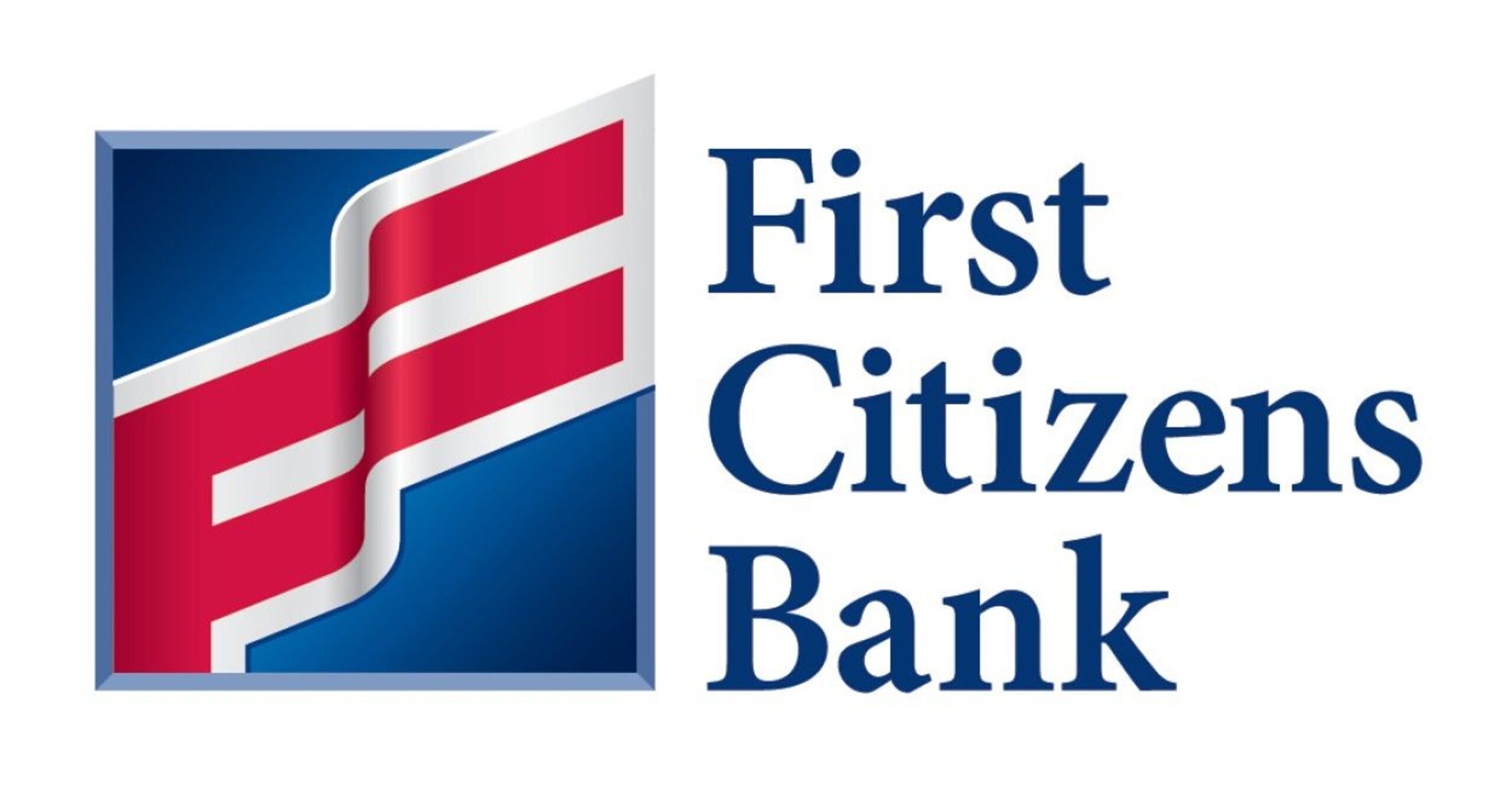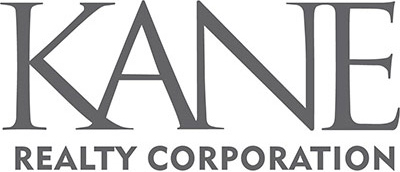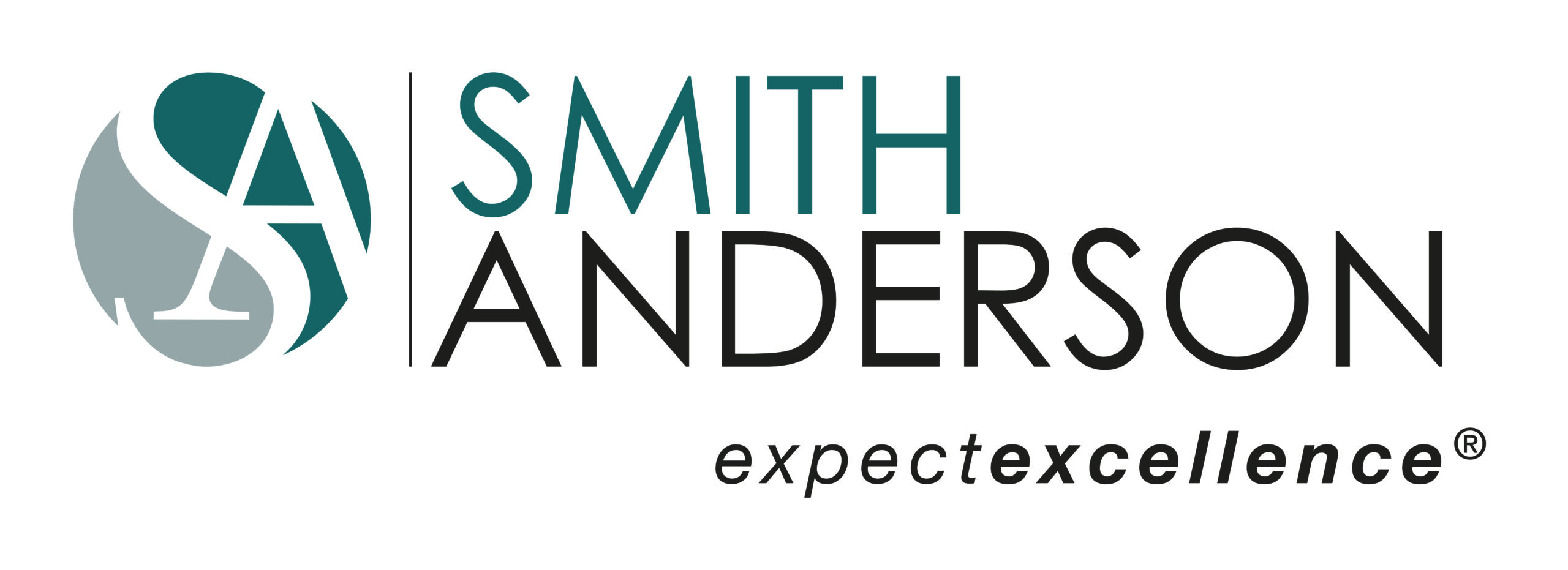Transportation, climate change, accessibility, and regional roadway improvements
- October 14, 2021
- Posted by: Joe Milazzo II
- Category: Blog
Please note: This week’s blog is longer than usual, to provide more context on an important discussion and upcoming elected officials’ decision on mobility facing our regional community. I welcome your feedback, and I will update this blog post as we receive new information and perspectives from our members and partners.
A new proposal for regional mobility — some background
In late September I attended an online “joint MPO” meeting, which brought together several of our elected leaders from both the western and eastern Triangle. These periodic meetings, which are coordinated by the metropolitan planning organizations serving Durham-Chapel Hill-Carrboro (“DCHC MPO”) and the Capital Area (“CAMPO”), provide an important opportunity for key transportation partners and the engaged public to gain a better understanding of the mobility issues facing the region.
Climate change was mentioned by many participants, including what we as a regional community can do about it from a future transportation investment perspective. This was a welcome elevation of an issue that has become increasingly salient among the business community. Other related issues discussed by participants included accessibility, transportation alternatives, funding, overall travel, and so on.
The focus on issues such as climate change continued this past week at the regular monthly board meeting of the DCHC MPO, culminating in the MPO board decision to release a draft “preferred option” for future transportation investments in the western Triangle with some distinct potential differences from current plans. One example of these differences is the proposed deletion of several highway widening and other capacity improvement projects. Projects that would no longer be pursued include converting some roads into freeways without traffic signals, adding lanes to existing freeways, and replacing signalized intersections with interchanges and exit ramps, etc. Some of these corridor segments, like US 70 east of Durham and portions of US 15-501, would become conversions to boulevards instead of freeways.
We might summarize the proposed framework as an increasing focus on connectivity and accessibility, and a lesser emphasis on capacity and delay reduction, with a broader objective to reduce future vehicle miles traveled (“VMT”).
The view of the regional business community
So — how do (or will) we feel about deleting some proposed highway improvements, with the goal of positively impacting a variety of community values, including concerns about climate change? The short answer is while RTA has not taken a position on the specifics of the proposed new draft plan — which hasn’t yet been formally released* by the DCHC MPO — we applaud the DCHC MPO leadership for elevating this issue and for presenting a new vision for the region to consider.
* You can get a sense of some of the proposed changes by reviewing various elements of this draft interactive map and looking for differences between “traditional” and “vision”.
Since examples can be instructive, I will focus on one proposed change: the potential deletion from future regional plans of the long-planned conversion of US 70 to a freeway between Durham and northwest Raleigh.
This proposed conversion of US 70 to a freeway in eastern Durham and western Wake counties has been, and remains, one of our organization’s highest priorities — and it is an example of a project that would be significantly impacted or reimagined under the proposed plan. The rest of this blog speaks to both the rationale for our current position, and how our view might evolve, in response to a proposed new vision for regional mobility.
RTA has consistently supported the conversion to freeway of a few, targeted roadways of regional importance, including US 70 between Durham and northwest Raleigh (at I-540/Brier Creek). Other longstanding RTA freeway priorities include the completion of the 540 beltway in eastern Wake County, the proposed upgrade of Capital Boulevard to a traffic signal-free multimodal gateway and multiway boulevard between I-440 and I-540, and the scaled development of the I-87 corridor to promote connectivity and economic mobility with and for northeastern North Carolina and coastal Virginia.
One might ask — why has RTA been longstanding supporters of the existing concept of upgrading US 70 to a freeway? There are several reasons.
First, we know that freeways typically have the best safety records of all major roadways due to the effective control of access and the elimination of both cross traffic (via bridges) and adjacent opposing traffic (via medians). In addition, we recognize that the elimination of traffic signals reduces overall travel time 24 hours of day, and that their inherently free-flow nature enables reliable travel for all vehicular users outside of congested peak periods, which are invariably less onerous than peer regions.
We also know that freeways possess the highest capacity — by far — per lane mile of roadway, which can minimize the overall footprint needed for a given amount of travel, as well as relieve secondary roadways of a through travel burden. We also know that highway travel is typically more fuel efficient on a miles/gallon basis than travel on other roadways. Finally, we know that it can be easier and safer for pedestrians to cross over or under a heavy flow of traffic via a bridge — assuming it is properly designed for vulnerable users and within the adjacent public realm — then at an at-grade signal.
Specifically for the US 70 corridor, our view has been that a conversion to freeway between the future I-885 connector and I-540 will enable the US 70 roadway to serve as an increasingly vital relief valve for I-40 as our region continues to grow, while providing more direct, efficient connections between north Raleigh and Durham for vehicular travel including transit. US 70 south of I-85 in our region is of clear regional importance, it is part of the national highway system, and it affords us one of the best ways to improve I-40 — by making US 70 a truly viable alternative within its existing footprint.
To be clear, RTA support of freeway improvements is not and has never been unconditional — far from it. In addition, we have always had a very broad, context sensitive view of what a “freeway” can and should be, including the US 70 corridor. To that point, DCHC MPO and Durham municipal staff have been quite consistent about their concerns about limiting accessibility along an improved US 70 corridor — those are concerns that we share, and have expressed in coordination meetings with partners.
RTA support for multimodal freeways — and for reimagining what a “freeway” can and should be
I offered comments on behalf of RTA during recent Durham coordination meetings with NCDOT in August and September concerning the proposed US 70 conversion to freeway project. At each of these meetings, both of which were held prior to the joint MPO meeting mentioned above, I noted both our support for the project and the need to make a future US 70 roadway less of a barrier than it is today for pedestrians and other users — and to engage in creative thinking to achieve both regional and community goals. I asked about incorporating more access points along an improved US 70 corridor, and I spoke of the opportunity to create a transit priority shoulder along the median of 70, similar to our existing transit priority shoulder proposal for I-40.
Looking more broadly, the regional business community has elevated the opportunity to rethink freeways with our groundbreaking FAST study, which we funded in concert with GoTriangle and NCDOT. The FAST approach calls for the prioritization of transit operations on both new and reimagined freeways and streets. The findings of the FAST study, available on the NCDOT website, have directly led to a revision to NCDOT’s complete streets policy, which has made transit advantage infrastructure an allowable expense within highway projects. This policy revision is game-changing for the funding and acceleration of multimodal mobility along our entire primary roadway system. To put it simply, this moves the conversation away from “highways versus transit” to a new, truly multimodal era of “highways funding regional transit infrastructure”.
Furthermore, RTA is elevating a multifaceted vision for, and seeking to accelerate the development of, our future Metropolitan Rapid Transit System. This 7-part framework — including a commuter rail spine, a regionwide BRT network, multimodal linkages such as the proposed Triangle Bikeway along I-40 (and the topic of of our next weekly blog), sustainable energy practices, and more — is one of our top priorities, The regional business community recognizes that an increasingly effective, equitable, and indeed exceptional rapid transit system will be transformational — for our metropolitan region, and for our region’s people.
Finally, RTA has previously endorsed the City of Raleigh’s proposed upgrade of US 1 / Capital Boulevard to a multiway boulevard — a context sensitive multimodal gateway that will enhance the travel experience for transit, pedestrians, and automobile users along or crossing the roadway, all without adding any through travel lanes. Key elements of the proposed improvement will be the separation of local and regional travel via the creation of local access lanes and the removal of traffic signals from just the through travel lanes.
The proposed improvements to Capital would greatly enhance the pedestrian realm, provide for enhanced transit, and improve overall accessibility, while reducing future rush hour travel times by an incredible 25-50 minutes for thousands of travelers every day. For context, Capital Boulevard’s volumes south of I-540 are generally similar to or slightly greater than those on US 70 west of I-540. See this excellent visual story map and recently released final report for more information about the Capital Boulevard study, which employs complementary vision themes of “flow, show, go, and grow”.
Where could we go from here
As I noted above, RTA has not yet taken a position on the specifics of the soon-to-be released, new draft vision for future mobility in the western Triangle. Still, one might ask, what steps or views might RTA consider as we review the proposed plan. While it is still early in the process, here are some initial thoughts, informed by recent conversations among the business community.
Q. Will RTA support the proposed vision of the DCHC MPO board, as the outreach process evolves this fall? I fully expect the regional business community to do just that. We applaud the leadership of the MPO as they look to ensure that future transportation investments make sense for a number of community goals.
Legitimate considerations for transportation planning include accessibility, connectivity, and reliable regional mobility in a growing market, as well as minimizing the effects of climate change. RTA respects the process in which our area MPOs weigh these different factors when making the best decisions for their respective regions.
Q. Will RTA continue to support the conversion of US 70 to a freeway, at least as currently envisioned? While that is our current position for the reasons stated above, our MPO partners have elevated some broader key issues, and my sense is that requires all of us to reimagine what the US 70 corridor could be from a connectivity and accessibility standpoint, while still maintaining a very high focus on enhancing regional mobility.
US 70 is a regionally important roadway that deserves significant improvements for all modes of travel, particularly amidst a landscape of ongoing growth across our extended market and the need to provide relief to I-40. While our current support is for a context sensitive, multimodal freeway, for the reasons stated previously, we will be open to other ways of accomplishing these objectives. Although every corridor is different, it may be that some of the elements of the City of Raleigh’s aforementioned proposal for a multiway boulevard for the US 1 / Capital Boulevard corridor could inform the thinking for a reimagined US 70 corridor.
Q. Will RTA push for or support other multimodal changes to the regional plan? Absolutely. For example, we have already expressed support for the incorporation of a transit priority shoulder along the median of existing or upgraded freeways including I-40. This will allow for consistently higher travel speeds for transit during congested periods, even higher than under the existing bus on shoulder system (BOSS). We are also supportive of an interconnected bus rapid transit system as an essential part of our future metropolitan rapid transit system.
RTA members and partners: as noted above, I welcome your feedback on this blog, and this topic. Please email me directly at joe@letsgetmoving.org. If you would, please use the subject line “reimagining future mobility”.
While there are a host of goals and tradeoffs to consider, our region has successfully tackled challenges like this before. My belief is that everyone will come together and support a shared vision of what is possible — and what must happen — for true success in our regional community as we grow.
We will talk more about this and related topics during our 20th annual meeting on November 4th. It is included with your membership, and I look forward to seeing you there. We will also speak to the importance of advancing a suite of multimodal improvements, as well as robust responses to climate change, from an array of speakers and field visits during our winter 2022 Regional Leadership Tour to South Florida – I hope you can join us.
Let’s get moving, together,
Joe Milazzo II, PE
RTA executive director
RTA is the voice of the regional business community on transportation in the Research Triangle area of North Carolina.
RTA represents more than 100 leading businesses and 25 member chambers of commerce in central and eastern North Carolina. RTA is a regional program of the Raleigh Chamber.

























